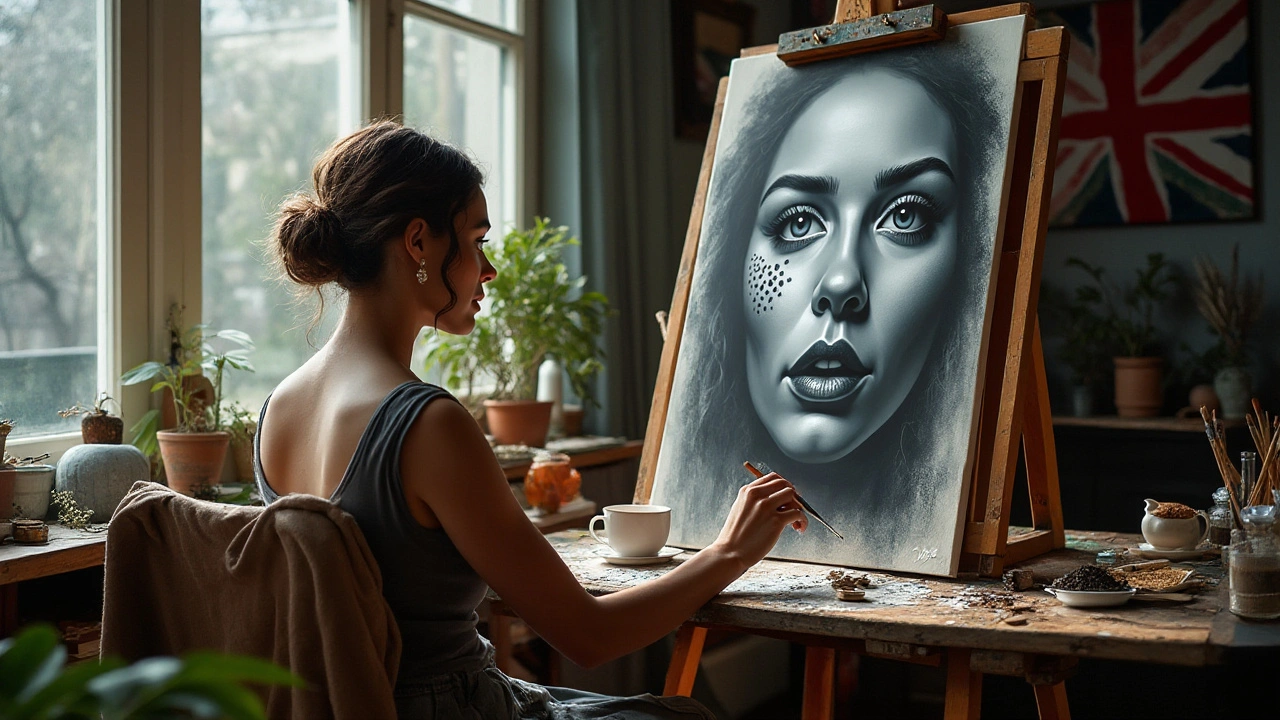Lifelike Art: How Artists Make Paintings Look Like Photos
Some paintings stop people because they look like a photo at first glance. That’s lifelike art: work that copies reality so closely your eye does a double-take. This page explains the core methods artists use, the gear that helps, and quick practice steps you can try today.
How artists make art look real
It comes down to three simple things: values (light and dark), edges (hard or soft), and color accuracy. Start by blocking in big values—get the shadows and highlights right before any detail. Use a grid, projection, or careful measuring to keep proportions exact. For edges, decide where you want crisp lines (like a specular highlight) and where to blur transitions (soft skin or distant objects). Artists layer thin glazes of paint to tweak color and depth without losing detail. Tiny, focused strokes simulate texture—think individual hairs, pores, or fabric threads. That’s why photorealism and hyperrealism feel tangible: the artist recreates texture, not just shape.
Reference photos are part of the process, but don’t just copy them blindly. Check multiple photos for lighting and color, and view your reference on neutral screens or prints. Work under consistent light so colors look the same day to day. A neutral gray card or daylight bulbs can save hours of guesswork.
Key tools, materials, and simple exercises
Tools matter but skill beats fancy gear. Useful items: a set of soft and hard brushes, a small round brush for detail, a flat for blocking, a mahlstick for steadying your hand, quality paints, and a good paper or primed panel. For drawing, use a range of pencils (2H to 6B) and blending stumps for smooth transitions.
Try these quick exercises: 1) Copy a 3x3 inch crop from a photo focusing only on values for 30 minutes. 2) Paint one tiny area (2 inches) to match texture exactly. 3) Do a daily 15-minute edge study—render hard, soft, and lost edges next to each other. These build control fast.
Want deeper reading or examples? Check our pieces like "Photorealism Art: Techniques, Secrets & History for Stunning Realism" for technique breakdowns and "Top 10 Photorealism Artists You Must See" to study masters up close. If you prefer context about realistic trends, the site also has articles on related movements that influence lifelike art.
Curious how viewers react? Lifelike work often feels uncanny because it hits familiar details we don’t expect from paint. That’s the point—used well, realism can tell a story as clearly as any photo. Try the short exercises above and compare your work week to week—you’ll see steady improvement if you focus on values, edges, and textures.

